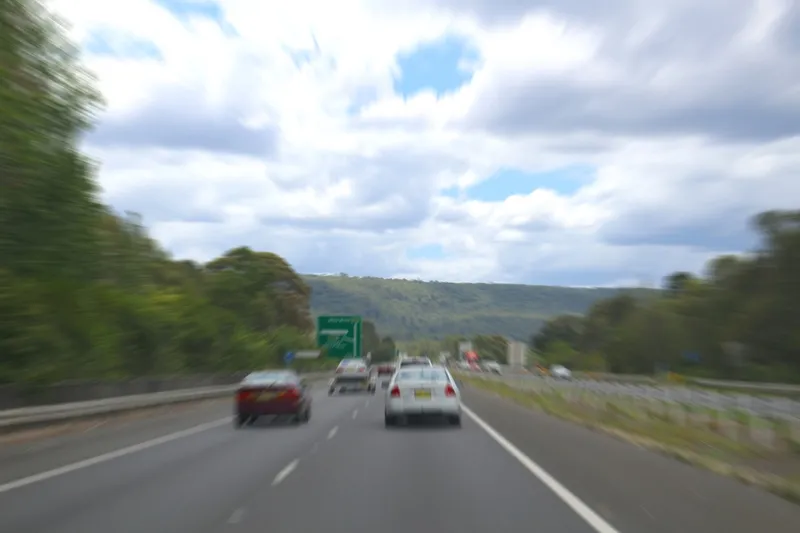Working with the road operator, Scotland TranServ, Clearview developed a vehicle activated, dynamic speed warning system to provide a highly visible and immediate reminder to drivers to monitor and manage their speeds appropriate to the legal limit of their vehicle’s classification. The solution recognises the road has differing speed limits per vehicle classification and so is designed to identify instances of speeding per vehicle type and provide an alert to the driver. Six locations were selected for maximum impact.
Clearview installed solar powered vehicle detection count and classify units to record a combination of vehicle classification with identification of vehicles travelling above the speed limit. Each of the six sites features two vehicle activated signs (VAS) facing each direction of travel. The vehicle detection units communicate with the VAS to trigger a display showing the appropriate speed limit warning according to vehicle type.
Dynamic speed awareness solution installed across six locations on Scotland’s A75
Speed surveys at 12 locations on the A75 Gretna Green to Stranraer road in Scotland, carried out by Clearview Intelligence on behalf of Transport Scotland, found that in some cases speeds were unacceptably high, particularly with heavy goods vehicles. Working with the road operator, Scotland TranServ, Clearview developed a vehicle activated, dynamic speed warning system to provide a highly visible and immediate reminder to drivers to monitor and manage their speeds appropriate to the legal limit of their ve
August 8, 2017
Read time: 2 mins
Speed surveys at 12 locations on the A75 Gretna Green to Stranraer road in Scotland, carried out by Clearview Intelligence on behalf of 505 Transport Scotland, found that in some cases speeds were unacceptably high, particularly with heavy goods vehicles.










